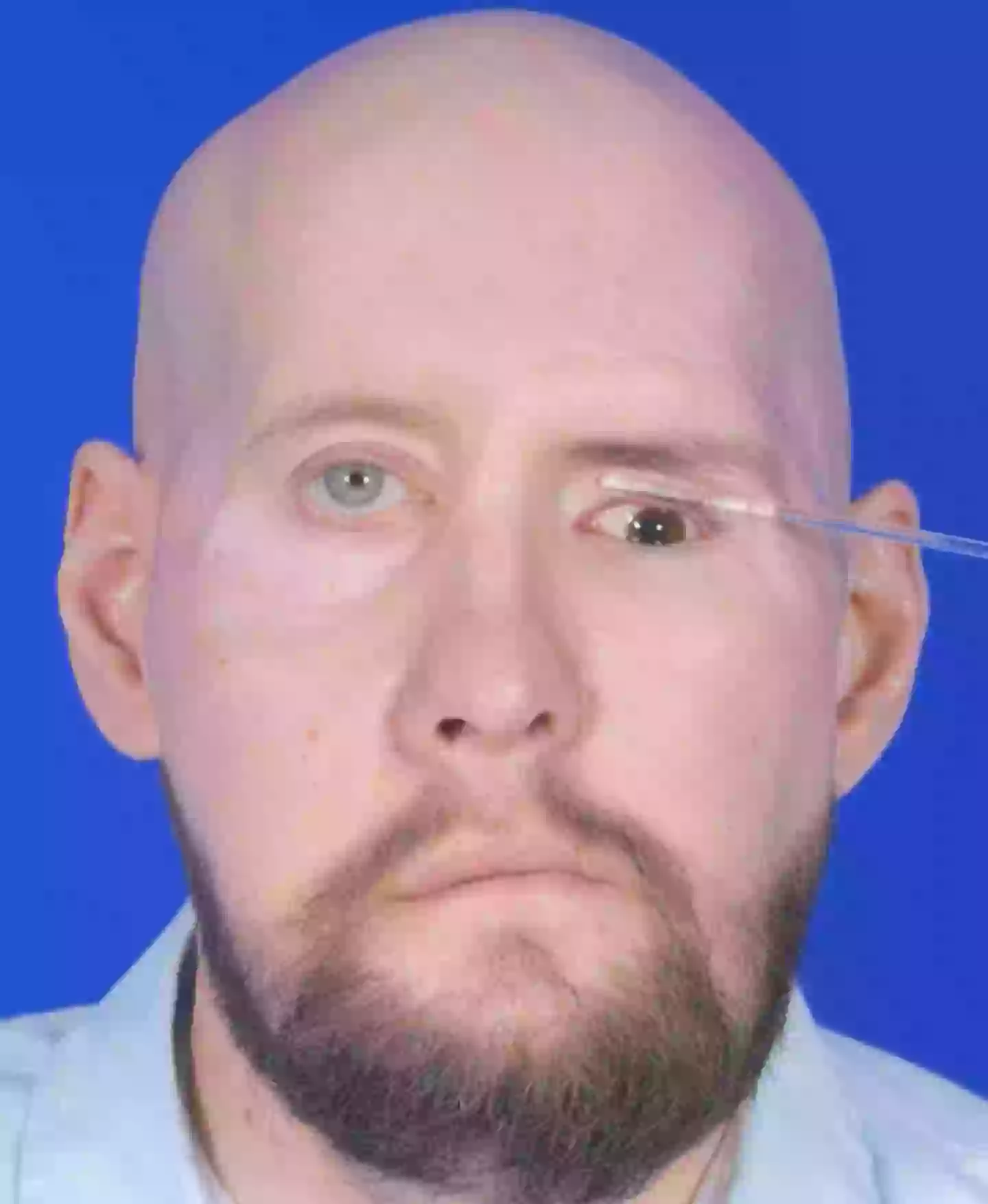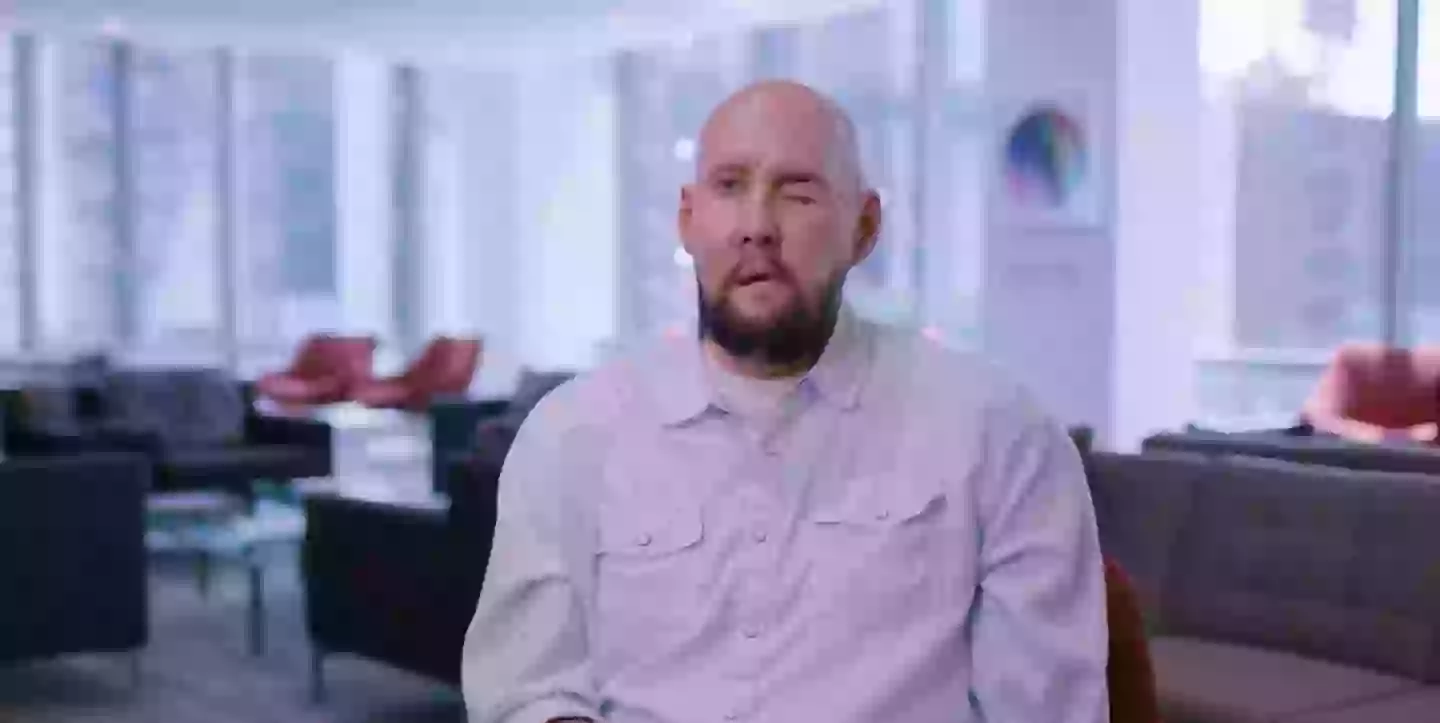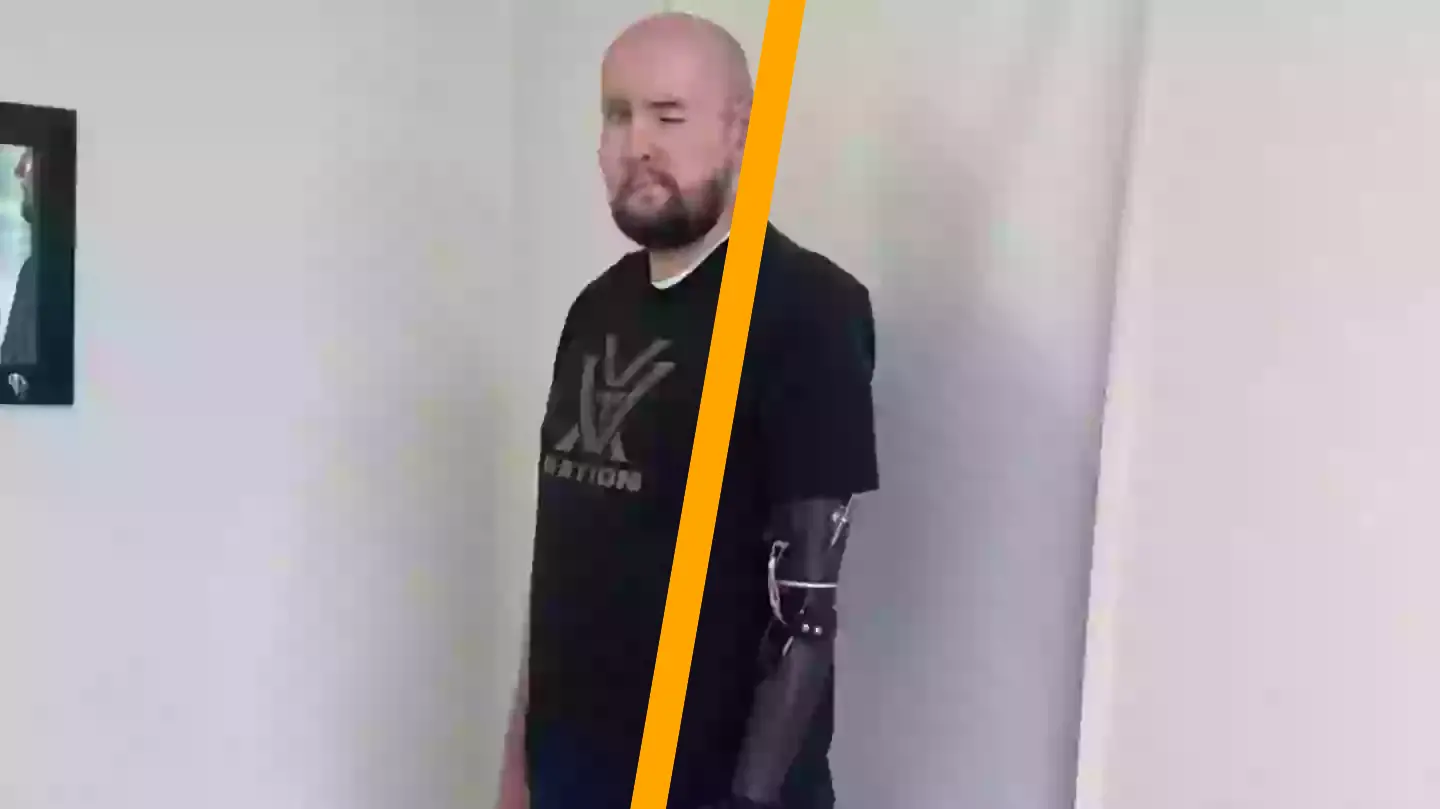A US military veteran has made history by undergoing the world’s first eye transplant following a catastrophic accident in 2021, an event that has left researchers “truly amazed” at his recovery.
Aaron James, aged 46, was employed as a high-voltage utility lineman when he endured a severe electrical mishap.
During the incident, Aaron was holding a neutral wire when a live wire carrying a 7,200-volt charge struck him in the face.
While he survived, Aaron lost most of his facial structure and subsequently underwent both a facial tissue and eye transplant.
Amazingly, over a year after the 21-hour surgical procedure, Aaron has shown significant improvement, with his transplanted eye retaining pressure, size, and even blood circulation.
During the surgery, medical experts injected special stem cells from the eye donor into James, in hopes of encouraging the repair of the optic nerve.
Yet, the question remains— can Aaron see through the transplanted eye?

Discussing Aaron’s remarkable recovery, YouTuber and doctor, @DrEyeGuy, shared insights: “[Doctors] had to connect the eye muscles, create adequate blood supply to the outside and inner part of the eye, and they had to connect the donor optic nerve with Aaron’s optic nerve which is amazing.
“Now, unfortunately, he can’t see out of that eye, but I don’t want that to lessen the miracle here.
“They’re reporting good blood flow to the eye, the eye is able to hold its pressure, and they’re showing that the brain is actually receiving electrical signals through that optic nerve.
“If Aaron is able to develop any vision in that eye that’s going to be a crazy step.”
https://www.youtube.com/watch?v=a8lSmgLclwM
Researchers at NYU Langone Health remain hopeful that Aaron might regain sight in the transplanted eye someday.
“The outcomes we’re seeing after this procedure are quite incredible and could pave the way for new clinical protocols and inspire further research into complex transplants involving critical sensory organs,” commented Dr. Vaidehi Dedania, Aaron’s ophthalmologist.
A study detailing his progress revealed that after assessing the retina’s electrical response to light, they found that the light-sensitive nerves in the eye survived the transplant.
“This electrical response converts light into signals that ultimately the brain could interpret for vision, giving hope for the future of whole-eye transplants with an aim to restore sight,” the researchers stated.

Eduardo D. Rodriguez, the study’s senior author and the lead surgeon, expressed amazement at Aaron’s progress.
“Our discoveries over the past year mark promising initial results, laying a foundation for further advancements and ongoing research,” he stated.
“We are truly amazed by Aaron’s recovery, with no episodes of rejection. Our methodical approach to the matching process, ensuring that Aaron received the most favorable donor match, along with our unique immunosuppression regimen, has set the standard for eliminating and avoiding early rejection episodes.”
Reflecting on his journey, Aaron remarked: “This has been the most transformative year of my life. I’ve been given the gift of a second chance, and I don’t take a single moment for granted.”

